Vape Detectors are the New Solution to False Alarms
February 8, 2023
Throughout the first semester and even into the current term, San Rafael High School has experienced an excessive number of fire alarms. Confusion set in when fire alarms began to happen at least once a week first semester. Admin let teachers and students know that most false alarms were being caused by vaping that took place in school bathrooms.
The smoke detectors in bathrooms aren’t able to differentiate smoke from a fire and smoke from a vaping device, causing it to go off each time a student vapes. So, how was this issue resolved?
In mid-December, new devices were seen in the ceiling of school bathrooms. They are found in every single bathroom located on campus. They measure vapor particles in the air, which can include smoke from nicotine or marijuana. This will then trigger a silent alarm that is sent to the principal, security guard, dean of student, and vice principals. An email is sent notifying that the devices have been triggered. This alarm is also triggered if the devices were to be tampered with, so it’s important to allow these devices to do their job. Cameras are located right outside the bathrooms in an attempt to find who triggered the alarm. Admin at SRHS value student privacy, so there are no cameras in the bathroom; it is also illegal to do this.
Now-a-days, it’s difficult to catch students in the act of vaping. Allison Zampino, dean of students at SRHS, says, “People vape and don’t get caught.” This is a main reason why these detectors were installed.
“There are certain consequences for certain actions,” says Ms. Zampino. She explains how students who are caught by the detectors will receive immediate counseling. “If we suspend them immediately, there won’t be any skills learned to help the student.” If a student is the main cause of a false fire alarm, a five day suspension and counseling will follow.
Counseling, which is held by the Youth Transforming Justice Program strives to give skills to students and parents on the dangers of vaping. There is a 12-hour drug and alcohol safety school program, which gives skills to students about monitoring their use and saying no. Then follows a restorative plan, like volunteer opportunities to help build on student strengths.
“This has been the most effective way of helping students,” says Ms. Zampino. She said there was an anonymous student that thanked her counselor for putting her in this program, since it had positively affected her and helped her get better. At that point the student was glad that she got the help she needed.
So, why do students vape? An article by NEA News explains how vaping has become an epidemic for teenagers. The flavors that are offered to the public serve as an attraction for kids. Especially nicotine, which is highly addictive. Ashley Perez, a sophomore at SRHS, says, “I think students vape because they think it’s a trend.” Things like peer pressure, looking cool, and easy access to it are all factors that push a student to vape.
Since the commencement of the second semester, there have been fewer fire alarms. This might be because of the installment of the vape detectors, but students and staff are still not sure if this is the route to solving this issue. Edwin Diaz, a senior at SRHS, says, “it’s too early to tell if the detectors are working.” Since the devices were recently installed, it’s still hard to tell that the issue has completely gotten resolved.
In the next months, there is hope that the vape detectors will decrease the amount of disturbances that false fire alarms give. It’s been over a month since the last fire alarm. With the help of the new devices, there is hope that fire alarms will occur because of an actual fire or a drill.


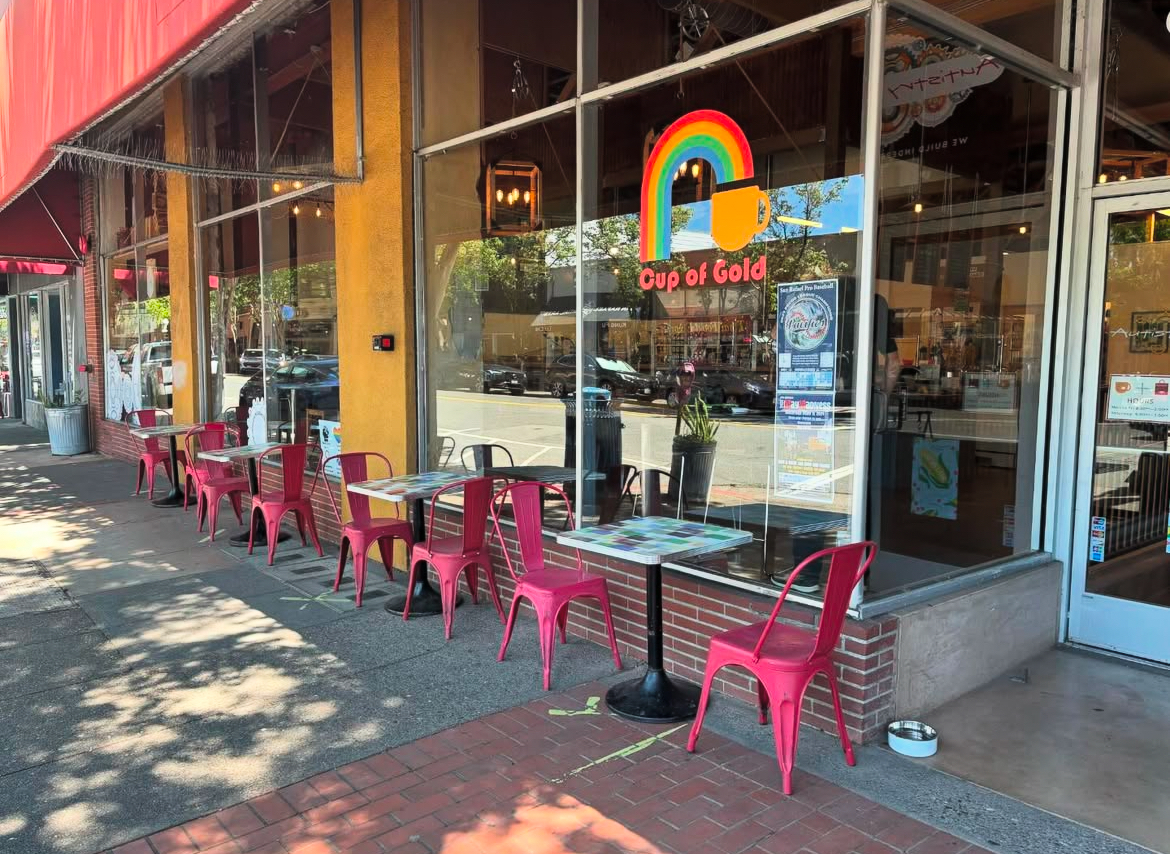

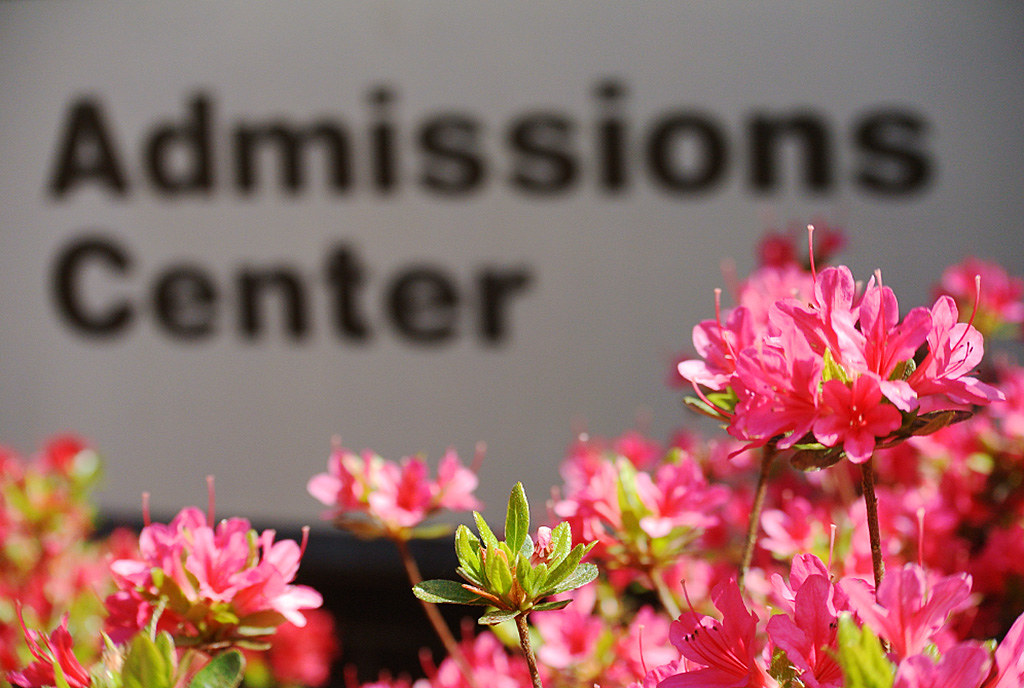






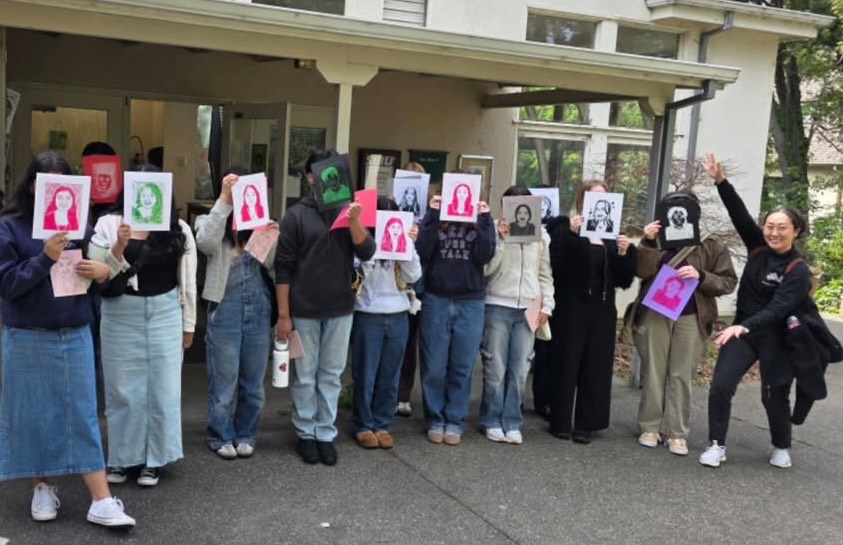















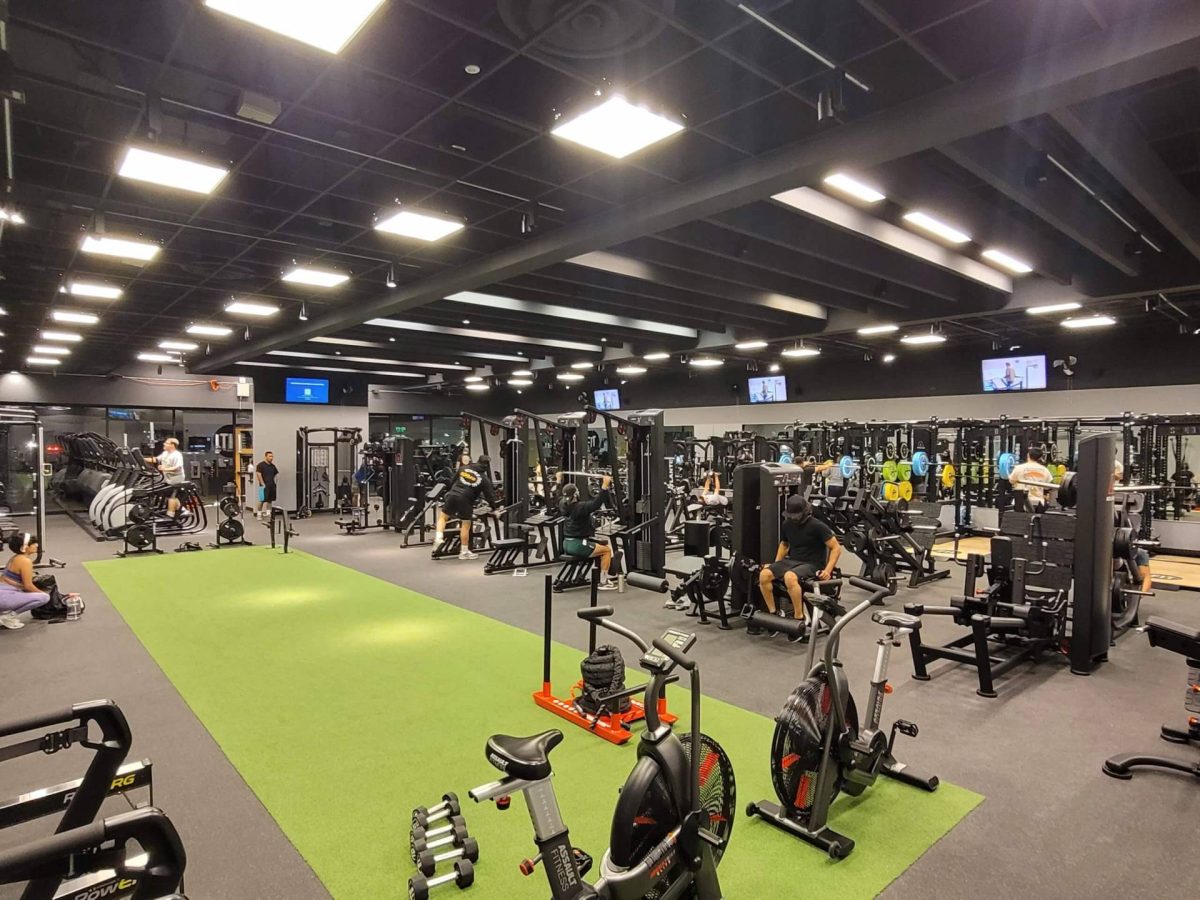










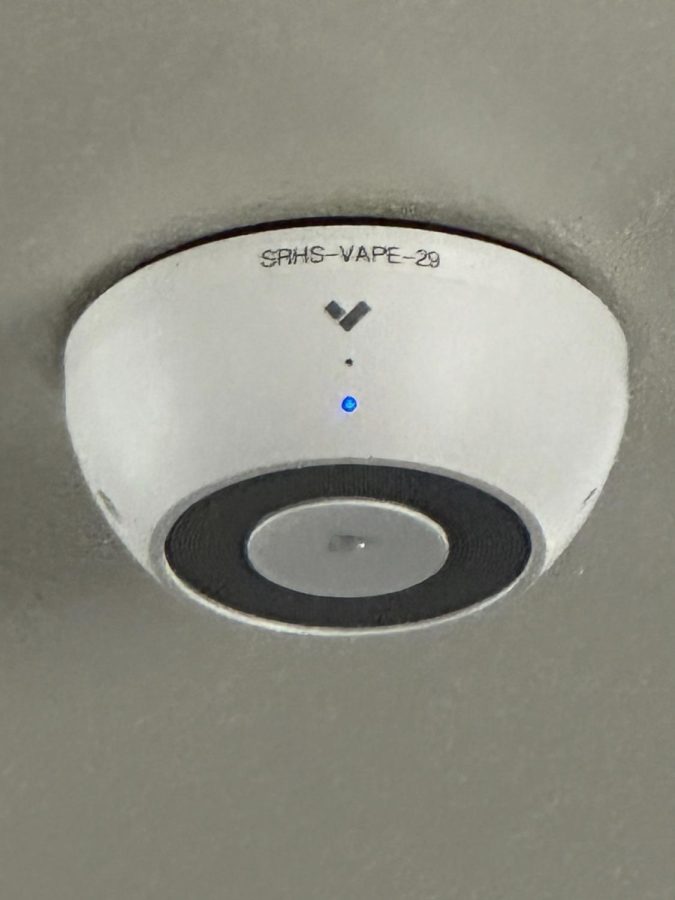
Xico Cervantes ♂️☀️⏰❤️️❤️❤️✌️ Cervantes • Jun 2, 2025 at 10:06 pm
it’s Really not funny or it’s Really not funny breaking the rules When you are Vapeing or Smoking in the bathroom because the SRHS high School have Cameras around the area and the principal or the Dean Check to make sure who did it
Andre Kfouri • Feb 14, 2023 at 8:43 am
Well done! Ms. Zanpino really added some valuable insight.
Mr. Morales • Feb 13, 2023 at 2:40 pm
Thank you for explaining why we’ve seen these sensors appear on campus and the reason we haven’t had so many fire alarms this semester! It is also nice to hear about the restorative discipline that students get for breaking the vaping rules. Super informative.